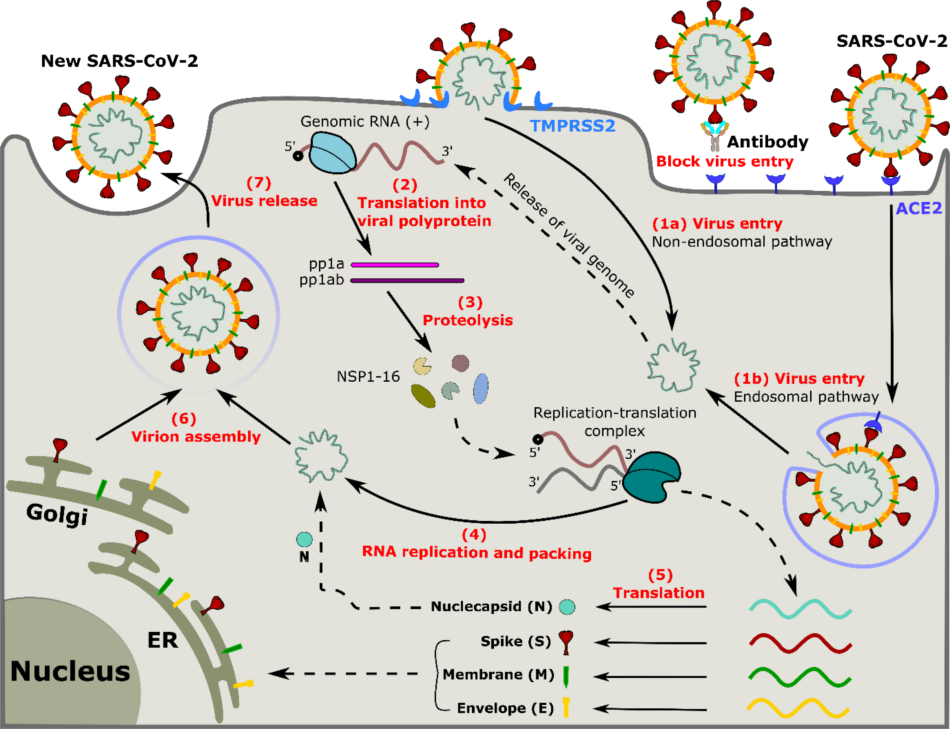Severe acute respiratory syndrome coronavirus 2 (SARS-CoV-2) is the primary etiological agent responsible for the catastrophic global COVID-19 pandemic, as officially declared by the World Health Organization (WHO) in March 2020. This pandemic has infected more than 700 million people and claimed the lives of more than 70 million people worldwide. In Poland, there are about 6.5 million infected people and 120 thousand deaths. Notable scientific endeavors have yielded a suite of vaccines, pharmaceuticals, and antibodies, resulting in the preservation of countless lives (The 2023 Nobel Prize in Physiology or Medicine was awarded to Hungarian scientist Katalin Karikó and American scientist Drew Weissman for their revolutionary invention to develop an effective mRNA vaccine to prevent Covid-19). Nevertheless, the fight against COVID-19 continues as immune escape variants of concern such as Delta and Omicron emerge. To develop more effective treatments and to elucidate the side effects caused by vaccines and therapeutic agents, a deeper understanding of the molecular interactions of SARS-CoV-2 with them and human cells is required. With special interest in computational approaches, in this we will focus on the structure of SARS-CoV-2 and the interaction of its spike protein with human angiotensin-converting enzyme-2 (ACE2) as a prime entry point of the virus into host cells. In addition, other possible viral receptors will be considered. The fusion of viral and human membranes and the interaction of the spike protein with antibodies and nanobodies will be discussed, as well as the effect of SARS-CoV-2 on protein synthesis in host cells.
